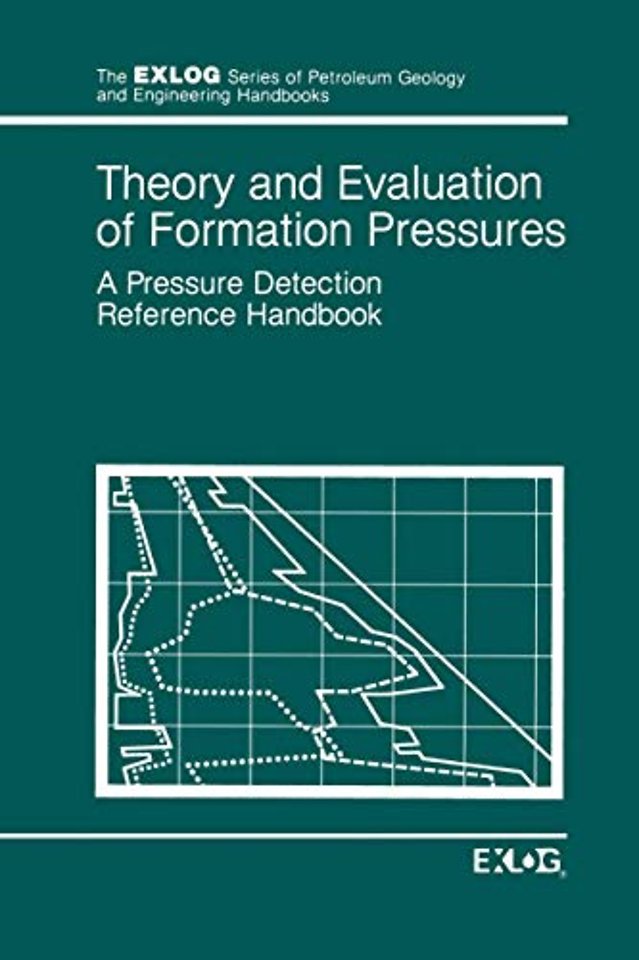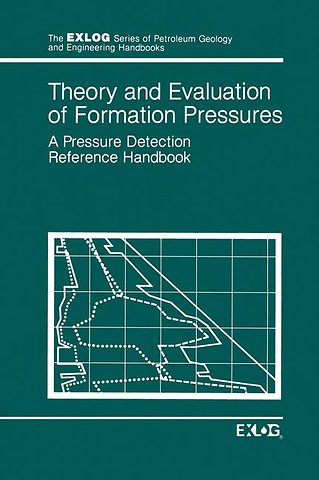Theory and Evaluation of Formation Pressures
A Pressure Detection Reference Handbook
Samenvatting
The objectives of this book are: (1) to educate the prospective Pressure Evaluation Geologist to a basic level of expertise; (2) to provide a reference tool for the experienced geologist; and (3) to foster constructuve thought and continued development of the field geologist. Despite the incorporation of many new ideas and concepts, elaboration of the more re cent concepts is limited due to space considerations. It is hoped that the geologist will follow up via the literature referenced at the end of each chapter. Easy reference is provided by the detailed table of contents and index. A glossary of terms, definitions, and formulae adds to the usefulness of this reference text. ACKNOWLEDGMENTS FOR FIGURES Figure 2-7 is reprinted by permission of the AAPG from Barker, 1972. Figure 4-21 is courtesy of Totco Figure 5-2 is reprinted by permission of the Oil and GasJournal from Matthews and Kelly, 1967. Figure 5-4 is reprinted by permission of the SPE-AIME from the Journal of Petroleum Technology from Eaton, © 1969. Figure 5-5 is reprinted by permission of the SPE-AIME from Hubbert and Willis, © 1957.

